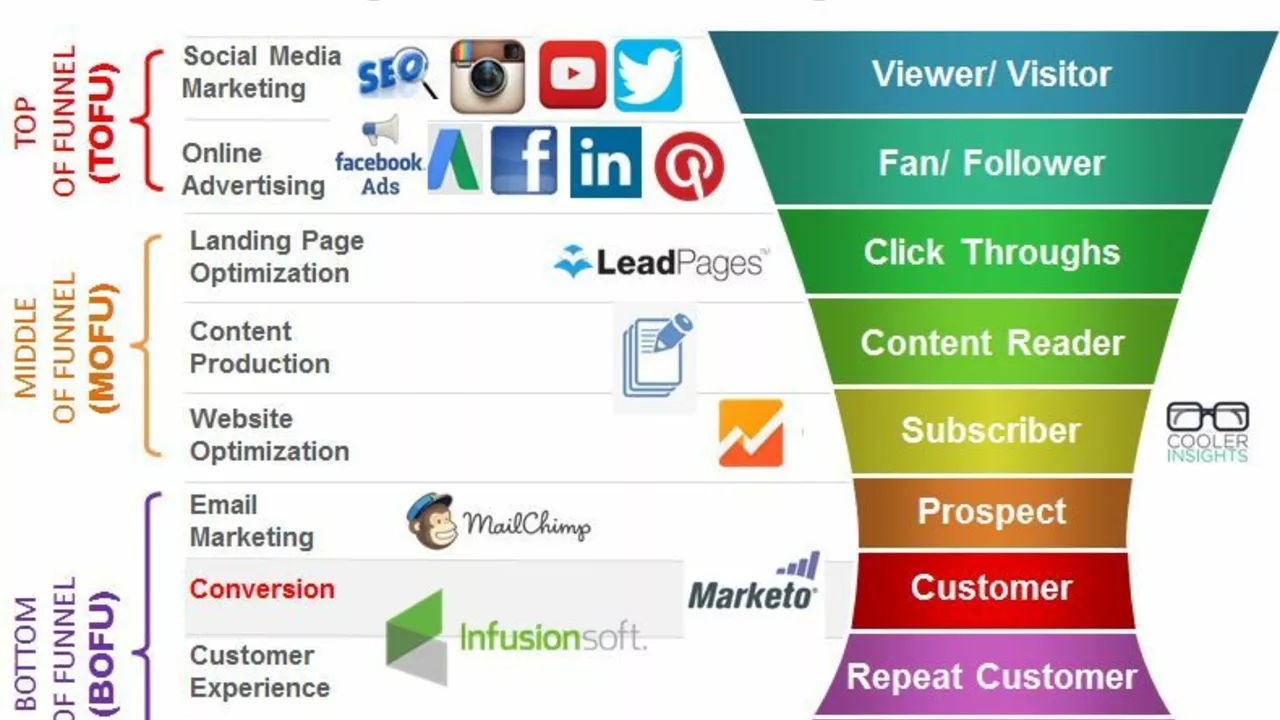Marketing Categories: Which One Fits Your Business?
Ever felt lost in the sea of marketing terms? You’re not alone. From mobile ads to email newsletters, every tool promises big results. The trick is knowing which category actually helps you. In this guide we’ll break down the most common marketing categories, show real‑world uses, and give you quick steps to pick the right one for your goals.
Digital marketing categories you should know
The first group is all about reaching people where they spend time online. Mobile marketing uses phone screens, push notifications, and in‑app ads. It turns your pocket device into a 24/7 storefront, letting brands chat with users any hour. Social media marketing follows a similar vibe but focuses on platforms like Instagram, Facebook, and LinkedIn. A good social strategy builds brand awareness, drives traffic, and even creates a community that talks about your product.
Email marketing may feel old school, but it still delivers a high return on investment. Sending targeted newsletters or promo offers directly to a subscriber’s inbox can boost website traffic and repeat purchases. Automation tools take the hassle out of repetitive tasks – think scheduled posts, auto‑responders, and lead scoring. Companies of any size, from startups to e‑commerce giants, use automation to free up time for strategy work.
Lastly, don’t forget banner advertising. Placing visual ads on relevant websites can attract niche audiences, especially when you match the banner’s design to the site’s look. It’s a straightforward way to raise brand visibility without diving deep into content creation.
How to pick the right category for your goals
Start with a clear objective. If you want to increase brand awareness quickly, social media and mobile ads are the fastest routes because they reach large audiences at low cost. For nurturing existing customers, email marketing shines – you can personalize messages, share updates, and drive repeat traffic.
When you have a long list of prospects, think about lead generation. Content marketing, SEO, and targeted ads work together to capture contact info. Agencies often blend blog posts, free e‑books, and landing pages to pull leads into a funnel.
If you’re overwhelmed by daily tasks, explore automation. Set up workflows that move a lead from “new” to “qualified” without manual input. This not only saves time but also reduces human error.
Finally, consider your budget and resources. Mobile and social campaigns can start with a few dollars, while banner networks and automation platforms may need a larger spend. Test small, measure results, and scale the tactics that give the best return.
Quick checklist:
- Define your main goal – awareness, traffic, leads, or sales.
- Choose a category that aligns with that goal.
- Start with a low‑cost test.
- Track key metrics (click‑through, conversion, ROI).
- Adjust and expand the approach that works.
By understanding each marketing category and matching it to your business needs, you’ll stop guessing and start seeing real results. Ready to try one? Pick the one that matches your first goal and launch a small pilot today.

